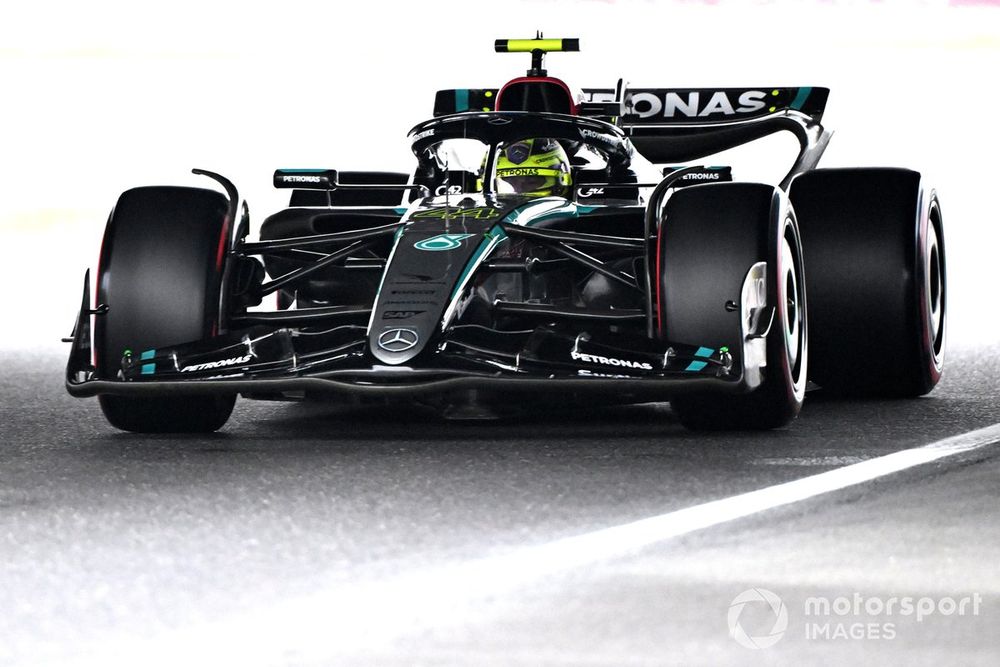After the initial sighter runs had been completed, most teams sent their drivers out for lengthy stints on higher fuel to see how they stacked up on the tricky tyre management task at this demanding layout with its abrasive track surface.
Of the typical frontrunners, the two leading teams in that class so far this season – Red Bull and Ferrari – produced mirrored run plans that paint a potentially intriguing picture for Sunday’s race.
After Red Bull motorsport advisor Helmut Marko had called Charles Leclerc’s FP1 long run for Ferrari “a bit irritating” on Friday, the Scuderia again appears to have Red Bull-bothering pace, based on the averages of the final one-hour practice session.
With all the usual caveats about fuel loads and engine modes applying, Leclerc produced a 1m36.204s average over a 13-lap stint on the medium tyres.
This edges the best Red Bull long run on the same tyre – which came via Sergio Perez over 10 laps as Max Verstappen complained of understeer aboard his RB20 – by 0.482s.
Mercedes did things rather differently. It sent George Russell out to complete an even longer race simulation effort (14 laps) from the off in FP3 and his average comes in at an even quicker 1m35.301s.
In the other W15, Lewis Hamilton’s mid-FP3 long run was completed on the soft tyre that Pirelli insists, unlike in the autumnal 2023 event here just six months ago, is a possible race tyre thanks to the cooler spring temperatures easing the requirements on the drivers in a thermal degradation race.

Lewis Hamilton, Mercedes F1 W15
Photo by: Mark Sutton / Motorsport Images
Hamilton’s average came in at 1m35.985s but did feature quite a severe drop off in pace from the high 1m34s bracket initially to the low 1m37s by the end.
McLaren was the only other frontrunning squad to sample the softs over a race simulation in FP3, with Oscar Piastri’s average on this compound coming in at a slower 1m36.975s, but with a less severe pace drop off.
In the other MCL38, Lando Norris did not complete a long run.
Aston Martin’s race simulation was unique across the whole field, as it gave both Fernando Alonso and Lance Stroll hard tyres for their long run efforts.
This is the same C1 compound most teams of the frontrunning squads used twice in last year’s race, with Red Bull a notable outlier in doing two medium stints with Verstappen in the event he ended up winning by 19 seconds over Norris.
Alonso produced the best average for Aston at 1m35.692s over 11 laps.
The variation in FP3 run plans across the teams complicates the true long run performance picture from Suzuka practice.
But there is enough evidence from this FP3 data and Pirelli’s public utterances so far this weekend it indicate there may be some more race strategy variance in Sunday’s main event compared to what occurred here in 2023.








